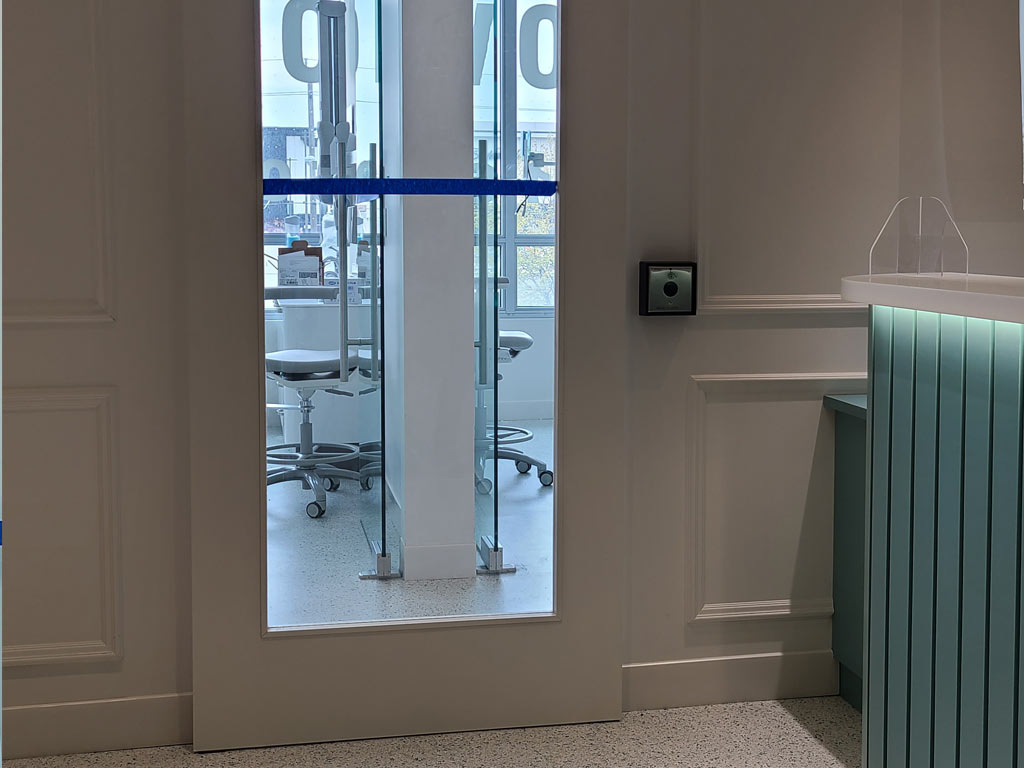The history of orthodontics

Although modern orthodontics are still a relatively new procedure, the idea of straightening and correcting crooked teeth dates as far back as Ancient Rome and Greece, back when the minds of great men such as Aristotle and Hippocrates were busy trying to figure out the world.
However, it wasn’t until much later, in 18th-century France, that the world would witness the “bandeau”, an orthodontic device used for widening the upper palette, invented by Pierre Fauchard in 1728.
Over the next hundred years or so, this device was continually refined to help dental patients with crooked or overcrowded teeth.
Who invented modern orthodontics?
Pierre Fauchard and Louis Bourdet are the two men credited with inventing and refining the “bandeau” as an orthodontic device.
However, modern orthodontics as a completely separate specialty in dentistry was only recognized in the early 19th century.
In fact, the very first wire crib wasn’t seen until 1819, which is also when other materials like steel, vulcanite, and gum rubber were used to help create devices to straighten teeth and restore smiles.
The term “orthodontia” was only introduced about 20 years later, in 1841, by a dentist named Joachim Lafulon. And it wasn’t until 1843 that the first gum elastics were used by a dentist named Edward Maynard.
Orthodontics Today
Today, modern orthodontic devices and procedures, such as Invisible Braces, have come a very long way from their humble beginnings back in 18th-century France.
The American Society of Orthodontia was founded in 1901 by Edward Angle, who is known as the first orthodontist to develop an entire classification system for oral malocclusions.
Since then, dozens of orthodontic devices have been designed and developed in all sorts of shapes and forms to help fix malocclusions, straighten teeth, and improve the smiles of millions of individuals around the world.
Although it was once a challenging and tedious undertaking, with today’s latest technology, it’s never been easier for dentists and orthodontists to repair a smile!
In fact, through the development of smaller and less invasive devices, as well as innovative procedures, such as high-definition imaging and x-rays and 3D printing, smiles can sometimes be completely transformed or restored in as little as a few months.
Interested in learning more about orthodontics in Toronto? Get in touch with Dr. Aksana Tkachenko, DDS and her team at Chroma Dental today!
